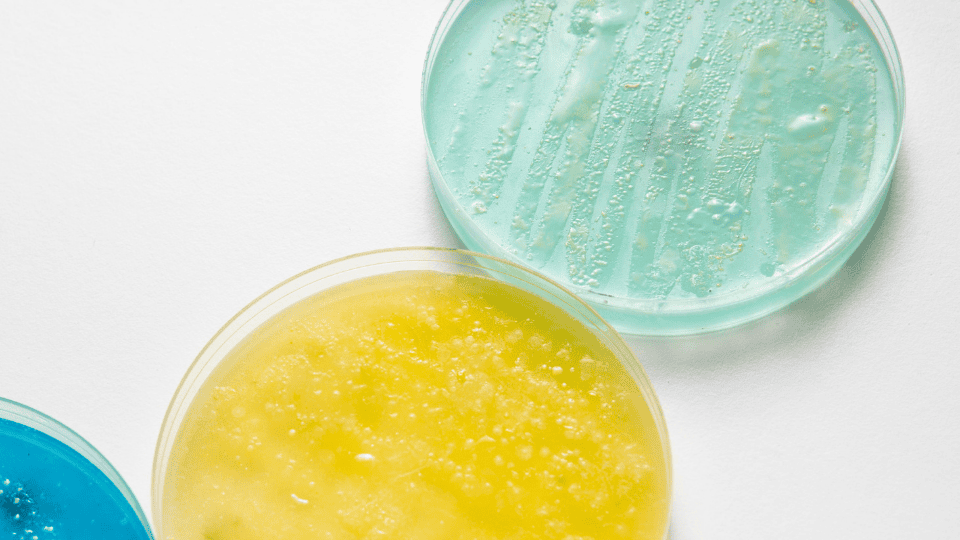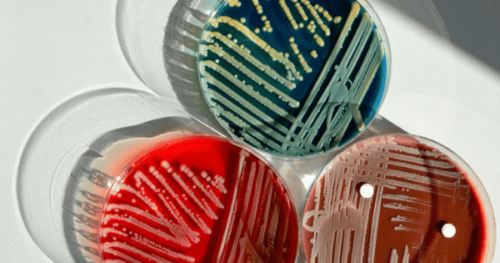Microbial count plates, which offer rapid and accurate quantitative evaluations of microbial contamination, are crucial instruments in microbiological testing. At GVS Malaysia, we recognise that in order to preserve these plates’ accuracy and efficacy, they must be handled and stored properly. The following are the best ways to handle microbiological count plates.
1. Proper Handling Techniques
Handling microbial count plates requires aseptic techniques to prevent contamination. Always wear gloves and a lab coat when handling the plates. Avoid touching the inside surfaces or the agar medium. Use forceps, if necessary, sterilized between uses to manipulate the plates without direct contact.
2. Storage Conditions
Store microbial count plates in a refrigerator at 2-8°C unless otherwise specified by the manufacturer. Avoid freezing the plates as this can damage the agar medium. Ensure that the storage environment is clean and free from any sources of contamination. Plates should be kept in their original packaging, which provides additional protection against environmental contaminants.
3. Shelf Life and Expiry
Be aware of the shelf life and expiry dates of microbial count plates. Expired plates may not provide reliable results due to changes in the nutrient quality of the agar or the efficacy of selective agents. Always rotate the stock, using older plates first before they expire.
4. Transportation
When transporting microbial count plates between locations, keep them in a cool, stable environment. Avoid exposing the plates to direct sunlight or high temperatures, which can promote premature growth or alter the characteristics of the medium.
5. Pre-use Inspection
Before using a microbial count plate, inspect it for any signs of contamination, dehydration, or damage. Contaminated or dried-out plates should be discarded as they can lead to inaccurate results. Ensure that the agar surface is intact and moisture content is consistent.
6. Documentation
Maintain proper documentation for microbial count plates, including the batch number, date of receipt, storage conditions, and usage log. This documentation is crucial for traceability and in the event of a quality audit.
Conclusion
For microbiological testing to be reliable, certain best practices for handling and preserving microbial count plates must be followed. Our dedication to quality at GVS Malaysia guarantees that our microbiological count plates satisfy the strictest requirements, assisting our clients in obtaining precise and trustworthy findings.



